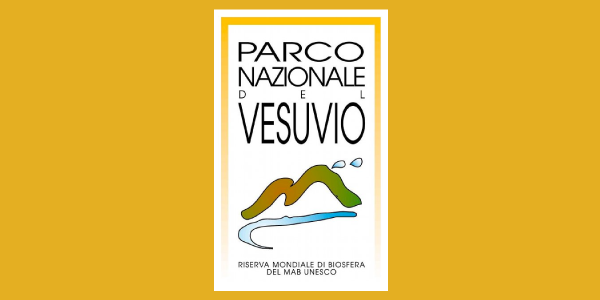The Vesuvius National Park is a treasure trove of biodiversity: the sea, the mountains, the volcano, the variety of places, the splendid natural views, the many species of plants, animals, minerals, the many villages, each with its own history and tradition, make the Vesuvius area one of the most fascinating places to visit.
Flora
The volcanic complex has been colonized in its history by more than 1,000 plant species, considering those extinct and those whose colonization is recent. Recent studies have made it possible to ensure that the flora that can be found today in the territory of the Reserve has 744 entities, of which only 2%, corresponding to fifteen entities, are endemic species, probably due to the numerous re-colonisations that followed the cyclical eruptions of the volcano.
Examples are the rare Silene giraldii, which can also be found in Capri and Ischia, and the Etna broom (Genista aetnensis), an ethnical endemic species introduced on the Vesuvius after the eruption of 1906, which in some areas, such as Atrio del Cavallo and Valle dell’Inferno, form impenetrable woods.
The plant population is characterized by a high number of species that are typical of the Mediterranean area, both for its proximity to the sea and the height above sea level, which reaches its maximum height with 1,281 metres above sea level of the Gran Cono of the Vesuvius.
The flora also includes 19 confirmed species of wild orchids, which due to their rarity and vulnerability are protected by the Washington Convention (1973), and small nuclei of birch (Betula pendula), a relict species of mesophilous woods that covered the slopes of the volcano in the past, when the weather conditions were much more humid and fresh than the current ones.
Fauna
Thanks to its isolated position from the Apennines and the presence of continental Mediterranean environments, the Park is an important zoogeographic intersection.
The proximity to the coastal strip, the fact of being the only mountain placed at the centre of the Nola plain, the favourable climatic conditions and the great environmental diversity make it an important stopping place and refuge for migratory fauna and helped an interesting fauna community settle down in a territory of modest extension. Moreover, the relict rural areas of limited extension favour the permanence of species belonging to particular microhabitats and for this reason, thanks to the resources allocated by the Ministry for Environment, Land and Sea Protection to the “Biodiversity” Directive, the Vesuvius National Park has joined the System project called “Study of the mesofauna in protected areas”, with the aim of learning more about the distribution of some species in the protected area.
Rural diversity, especially the ecotones on the border between the numerous agrosystems, create favourable conditions for the spread of species and populations inside and outside the protected area; therefore, the fauna communities of birds, mammals, reptiles and amphibians, protagonists like the vegetation of cyclical re-colonisations, make the volcanic complex a true treasure trove of biodiversity to defend.
© Carlo Falanga
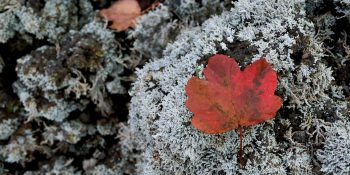
The pioneer species
All the ecosystems in constant transformation.

Mammals
29 species of mammals
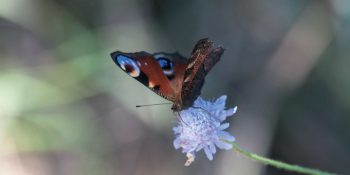
The invertebrate fauna
A diversified ecological mosaic
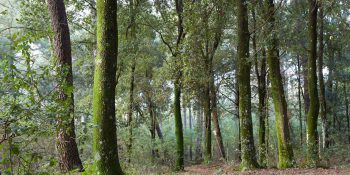
Maquis shrubland and the woods
Mesophilous woodlands and Maquis shrubland.
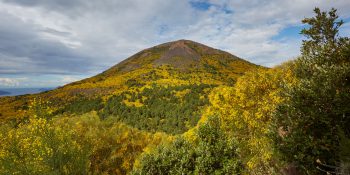
The birch thicket
The Spanish broom, the Scotch broom and the Etna broom.
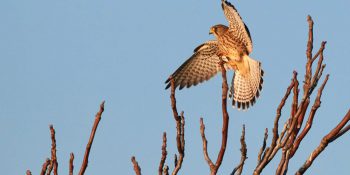
The birds
An extremely interesting place along the migration routes
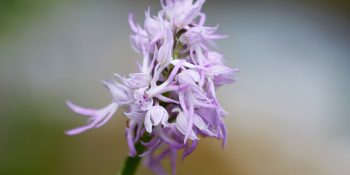
The orchids
Particularly elegant, delicate and colourful
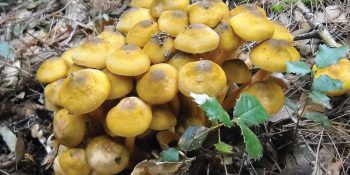
Mushrooms
In the park there are more than 200 species of mushrooms.
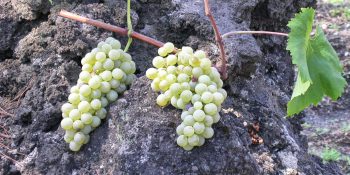
Agricultural biodiversity
A varied and flourishing agriculture.
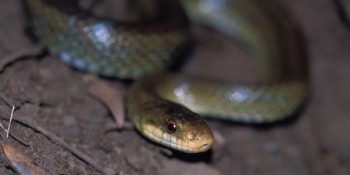
Amphibians and reptiles
The edible frog, the European green toad and eight species of reptiles
